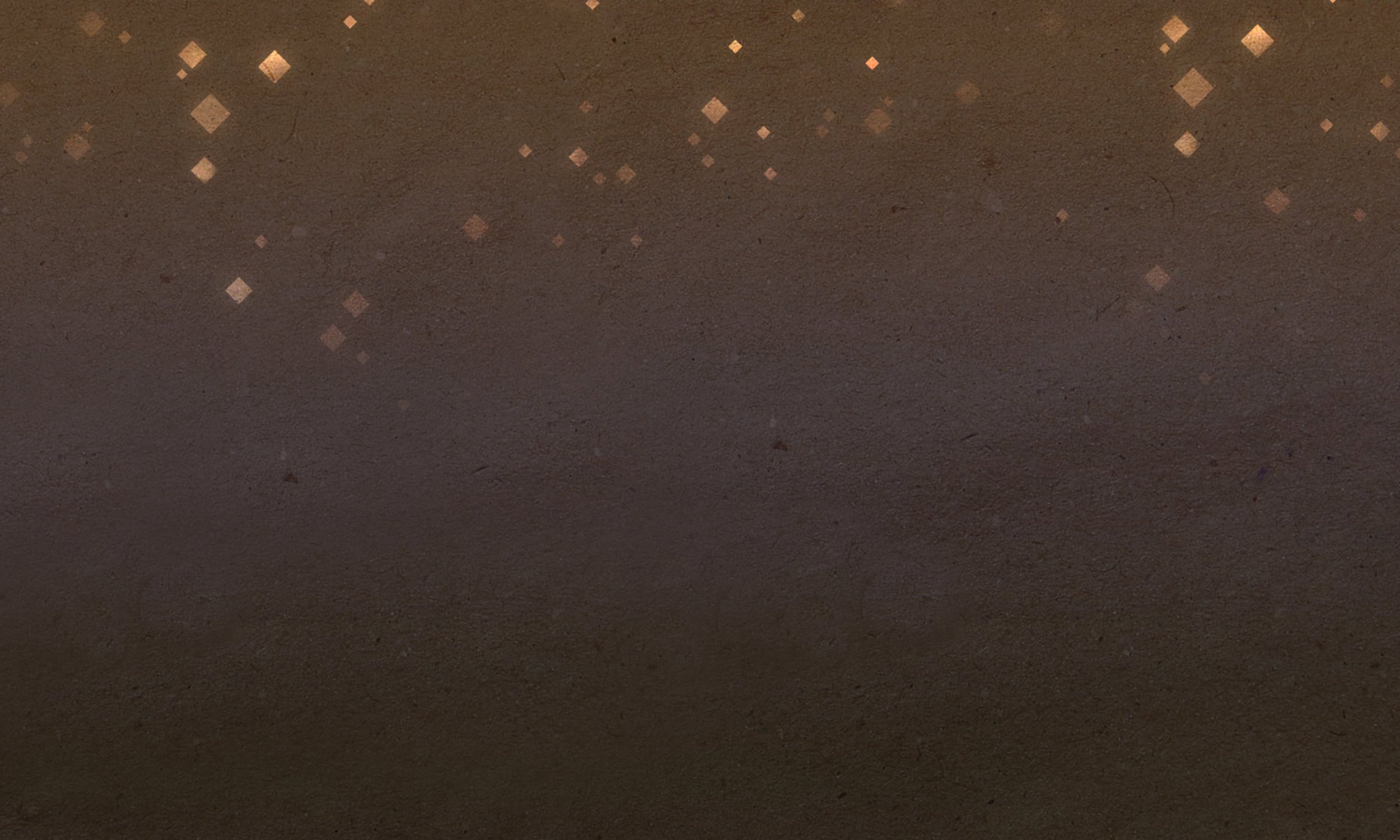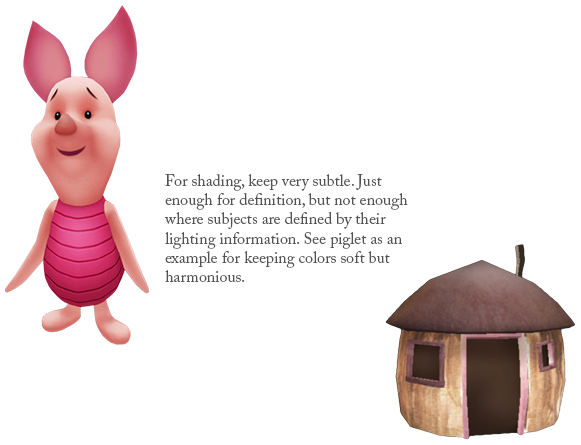
PERSONAL CONTRIBUTION
Incubation & Early Prototyping
Art Direction, Concept Art, & Storyboarding
Game Design, Playtesting, & Research
Creation of All Visual Assets
Target Audience
Students
Educators
Game Players
Key Requirements
Utilizes physics engine
Player must be walking
Must be human scaled
No spaceships or vehicles
Useable as a teaching tool
Finished within 8 weeks
Research
Worked with subject matter expert to familiarize ourselves with the subject matter until the entire development team was proficient in the fundamental principles of special relativity.
Researched previous simulations of the effects of special relativity. Above: online version of Ute Kraus, Marc Borchers: Fast lichtschnell durch die Stadt.
Created paper prototypes, and eventually digital prototypes to test game play mechanics, as well as what players can handle in terms of motion sickness.

We immediately encountered a problem after our first play test, a short card game. Most people were either intimidated or turned off by the prospect of playing a game about science and, in two extreme cases, refused to play.
Game Design
Based on feedback, the proceeding digital prototypes stripped away the old aesthetics in favor of a more whimsical style. The game play was then streamlined, requiring little previous knowledge of physics to engage. The objective of the game also became deceptively easy to further focus the player’s attention to the changes happening around them due to relativity.
Art Direction
In addition to the gameplay, the art direction was also completely refocused. The themes changed from "science" and "relativity" to "other-worldly" and "magical". The idea was to invite players to experience the effects, and then educate them once they started asking questions.
Excerpts from Style Guide
The final game is completely free to play and can be found on the MIT Game Lab website.




























